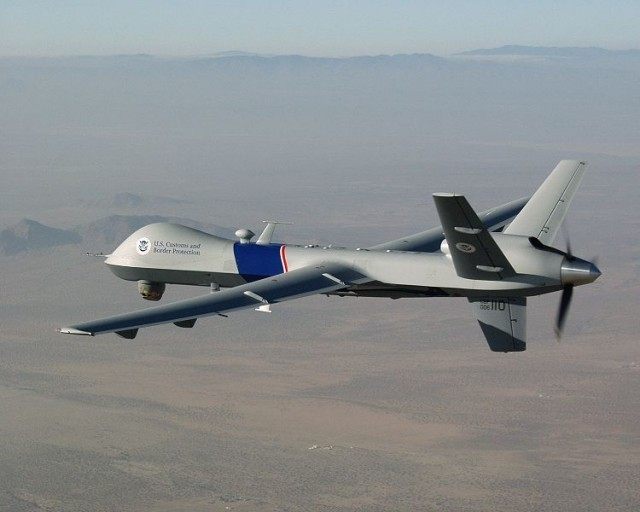On January 14, the Dallas Morning News published an editorial sharply criticizing the U.S. Customs and Border Protection’s (CBP) drone program. Specifically, the editorial stated, “The drone program run by U.S. Customs and Border Protection is more expensive than it is effective. It lacks adequate performance measures and established goals, and has serious limitations.” However, on January 19, the paper published a Letter to the Editor from CBP stating the portrayal was inaccurate, and that drones are “a proven, effective surveillance technology enhancing CBP’s operational capabilities and increasing our awareness along the nation’s borders and coasts.”
The News based its critique on a report issued over the Christmas holidays by the Department of Homeland Security’s inspector general (OIG). This is not the first government report to come out bashing the drone program as inefficient and poorly managed—the most recent being a 2012 assessment by the OIG that pointed out virtually the same issues with the program almost three years ago. The editorial highlighted the failure of CBP to meet quotas for flight hours and to correlate drone flights with a significant number of human apprehensions and drug seizures on the ground. It also indicates that the OIG state CBP wants to add 14 more drones to the fleet, increasing the overall cost of the program to $802 million.
However, CBP defended the program and more or less accused the OIG of leaving out important information and miscalculating certain things. “The report shows OIG has a fundamental lack of understanding of our mission and operations,” wrote Randolph Alles, CBP’s Assistant Commissioner for the Office of Air and Marine. “Its use of apprehensions vs. detections statistics is an example — if the Predator operated the way OIG advocates, systems would wear out in five years, wasting taxpayer dollars.” He also added, “While CBP does not concur with the OIG’s cost calculations, comparing the OIG figure of $12,255 per flight hour with the $66,651 value of contraband seized per UAS flight hour in FY 2013 shows a 444 percent return on investment.”
Despite CBP’s defense of the drone program, the agency has been experiencing efficiency and management problems in this regard for years. It’s not that the drones aren’t useful under certain environmental conditions; their capabilities are superb in identifying smugglers and illegal immigrants from miles up in the air. However, human mismanagement within a large government agency often interferes with the efficient use of cutting edge technology, sometimes rendering it of limited use at best. There is certainly room for improvement in the drone program, as well as many other border security programs, but hashing out these disagreements in a large Texas newspaper only serves to further undermine public confidence in our government’s border security apparatus.
Sylvia Longmire is a border security expert and Contributing Editor for Breitbart Texas. You can read more about these issues in her new book, Border Insecurity: Why Big Money, Fences, and Drones Aren’t Making Us Safer.

COMMENTS
Please let us know if you're having issues with commenting.